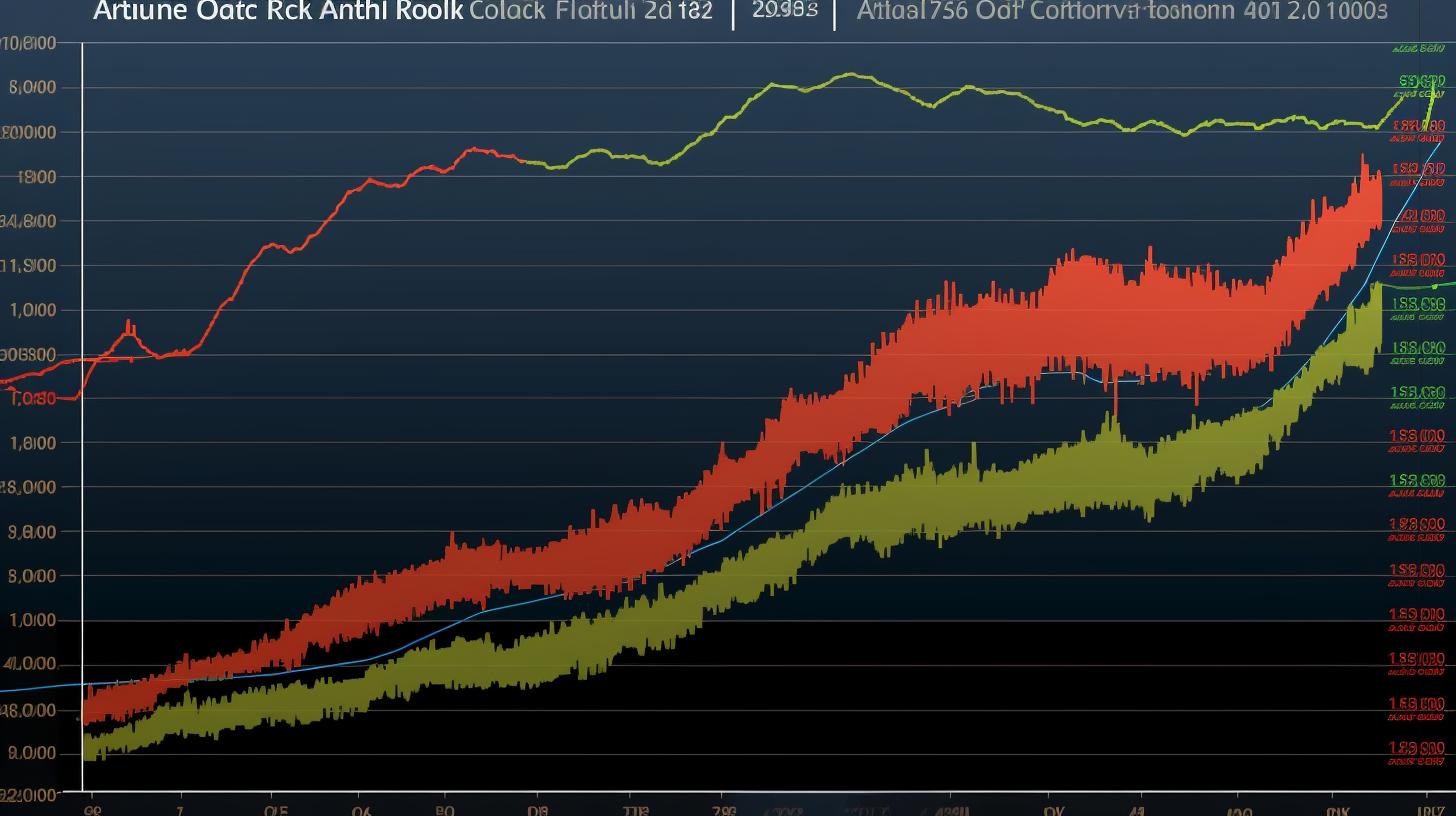The Gaming Industry Divided Over Temporal Anti-Aliasing (TAA)
The gaming industry finds itself in the midst of a heated debate over the merits and drawbacks of Temporal Anti-Aliasing (TAA), a technology that has had a significant impact on the quality of modern game images. With the decline of Super Sample Anti-Aliasing (SSAA) and Multi Sample Anti-Aliasing (MSAA), TAA has emerged as a double-edged sword, offering both improved performance and aesthetics, while also presenting new challenges.
Before the rise of TAA, SSAA and MSAA were the go-to solutions for minimizing jagged edges and enhancing image smoothness in games. However, these techniques had their limitations. High resource requirements made them demanding on hardware, and compatibility issues with certain rendering techniques left developers searching for alternatives.
Enter TAA, a method that analyzes previous frames to create a more refined image. TAA has allowed for better performance and higher visual quality, but it is not without controversy. Critics argue that the technology can lead to unwanted blur and softness, sparking a contentious discussion within the gaming world.
AMD’s Fluid Motion Frames as an Alternative
In response to the TAA debate, AMD has introduced Fluid Motion Frames (AMFM), a driver-based frame generation technology that generates frames between existing ones, aiming to improve game image quality. By analyzing the difference between frames, AMFM seeks to create smoother gameplay and more visually appealing images.
However, AMFM falls short when compared to AMD’s own FidelityFX Super Resolution (FSR) 3. FSR 3 performs the same function, but within the game engine, giving it access to essential details like motion vectors and the ability to exclude UI elements. This results in higher image quality and fewer artifacts.
The limitations of AMFM are evident in its jittery response during gameplay and struggle to maintain a consistent frame rate. Despite these shortcomings, AMFM’s accessibility as a driver installation for any DirectX 11 or DirectX 12 game gives it an edge in availability over FSR 3.
The TAA Debate Continues
As developers and gamers weigh the pros and cons of TAA, the debate rages on. Is it a blessing, providing improved performance and visuals, or a curse, introducing unwanted blur and softness? The gaming community remains divided, with each side presenting compelling arguments.
Ultimately, the decision may come down to personal preference and the specific requirements of each game. As technology continues to evolve, it is likely that new solutions will emerge, further reshaping the landscape of game image quality and redefining the boundaries of visual fidelity in the digital realm.
As the era of SSAA and MSAA comes to a close, TAA and its alternatives stand ready to redefine the gaming experience. The great debate continues, but one thing is certain: the pursuit of higher image quality and performance will persist, driving innovation and shaping the future of the gaming industry.
Analyst comment
Neutral news.
As an analyst, the gaming market will see ongoing debate and discussion regarding the merits and drawbacks of Temporal Anti-Aliasing (TAA). The introduction of AMD’s Fluid Motion Frames (AMFM) presents an alternative, but falls short compared to AMD’s FidelityFX Super Resolution (FSR) 3. The decision on TAA’s usage will depend on personal preferences and game requirements. The pursuit of higher image quality and performance will continue to drive innovation in the gaming industry.













